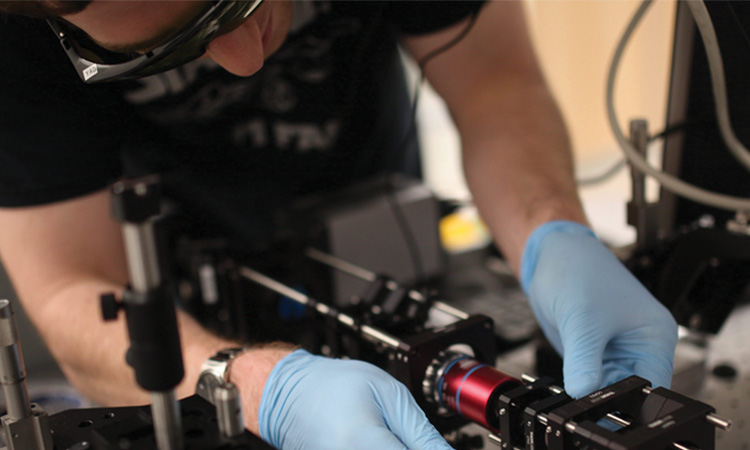Feature
Deep Design for Optical Devices
Neural networks can create blueprints for complex device designs that would be difficult if not impossible to generate with traditional techniques.
 David Sell, a former student of Jonathan Fan, Stanford University, USA, at work in an experiment to characterize freeform surfaces similar to the ones the Fan group designs using deep learning. [L. Gan]
David Sell, a former student of Jonathan Fan, Stanford University, USA, at work in an experiment to characterize freeform surfaces similar to the ones the Fan group designs using deep learning. [L. Gan]
In today’s interconnected and data-rich world, there seem to be few areas of life where artificial intelligence (AI) is not making inroads. Enabled by ever more powerful computer hardware and ubiquitous digital information, deep learning—a technology modeled on the workings of the brain—is being exploited in everything from machine vision to natural-language processing and image recognition to game playing. All of these applications, and more, rest on spotting and generalizing patterns within vast data sets.
…Log in or become a member to view the full text of this article.
This article may be available for purchase via the search at Optica Publishing Group.
Optica Members get the full text of Optics & Photonics News, plus a variety of other member benefits.
